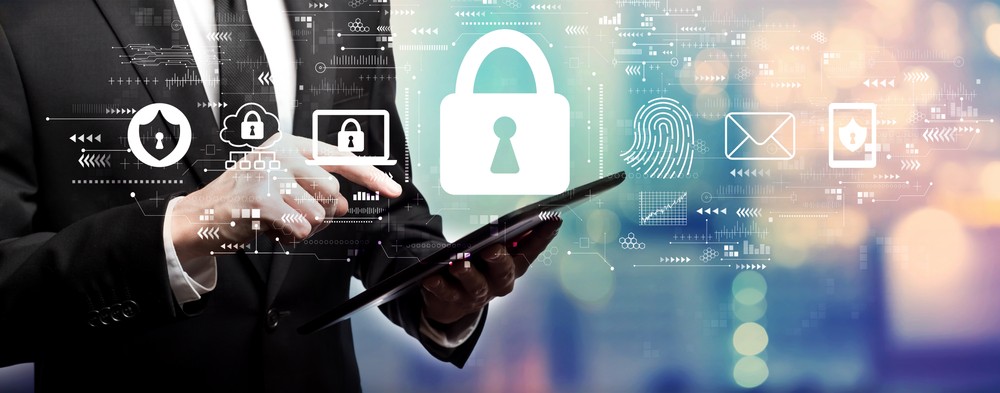
Navigating the Cybersecurity Landscape: Key Trends for 2023
Introduction: In the ever-evolving digital landscape, cybersecurity remains a top priority for organizations worldwide. As technology advances, so do the tactics of cybercriminals. With 2023 underway, it’s crucial for businesses to stay ahead of the curve and adapt to emerging cybersecurity trends. In this article, we explore the key cybersecurity trends shaping the year, offering insights that can help organizations bolster their defenses and protect sensitive data.
- Rise of AI-Powered Attacks: Cybercriminals are leveraging artificial intelligence and machine learning to launch more sophisticated attacks. AI-driven attacks can learn from an organization’s defenses, adapt their strategies, and exploit vulnerabilities in real time. To counter this, businesses are employing AI-driven cybersecurity solutions to predict and mitigate potential threats.
- Zero Trust Architecture: The traditional perimeter-based security approach is increasingly being replaced by the Zero Trust model. This approach assumes that threats exist both within and outside the network. Organizations are adopting strict identity verification, continuous monitoring, and micro-segmentation to limit lateral movement of attackers within their networks.
- Supply Chain Attacks Mitigation: The SolarWinds and Kaseya incidents highlighted the vulnerabilities of supply chains. Organizations are focusing on strengthening their third-party risk management strategies, conducting thorough security assessments, and ensuring vendors adhere to robust cybersecurity standards.
- Ransomware Evolution: Ransomware attacks have become more targeted, with threat actors seeking bigger payouts. To combat this, organizations are investing in robust backup and disaster recovery plans, along with proactive threat hunting to identify and neutralize potential ransomware threats before they cause damage.
- IoT Security Challenges: The growing Internet of Things (IoT) landscape presents new security challenges. From connected devices to smart cities, securing the IoT ecosystem requires a combination of device-level security, encryption, and network segmentation.
- Cloud Security Maturation: Cloud adoption continues to soar, driving the need for robust cloud security practices. Organizations are implementing multi-cloud security strategies, embracing CASB solutions, and focusing on data encryption and access controls to ensure data protection in cloud environments.
- Quantum Computing and Encryption: Quantum computing’s potential to break traditional encryption methods has prompted a focus on quantum-resistant cryptography. Organizations are researching and adopting post-quantum encryption to secure their data against future quantum threats.
- Enhanced Cybersecurity Regulations: Governments globally are introducing stricter cybersecurity regulations. Organizations must comply with these regulations, such as GDPR and CCPA, to ensure the protection of customer data and avoid hefty fines.
- Human-Centric Security: Human error remains a significant cybersecurity risk. Companies are investing in cybersecurity awareness training for employees, ensuring they understand the latest threats and best practices to minimize the risk of social engineering attacks.
- Threat Intelligence and Sharing: Collaborative threat intelligence sharing among organizations and industries is gaining traction. This collective approach helps in early threat detection and a more effective response to cyber incidents.
Conclusion: As we navigate the complexities of the digital age, staying proactive in the face of emerging cybersecurity trends is paramount. By embracing AI-driven defenses, adopting a Zero Trust mindset, securing the IoT ecosystem, and addressing evolving ransomware tactics, organizations can enhance their cybersecurity posture. By being prepared to address these trends head-on, businesses can protect their data, maintain customer trust, and fortify their resilience against the evolving cyber threat landscape of 2023 and beyond.
